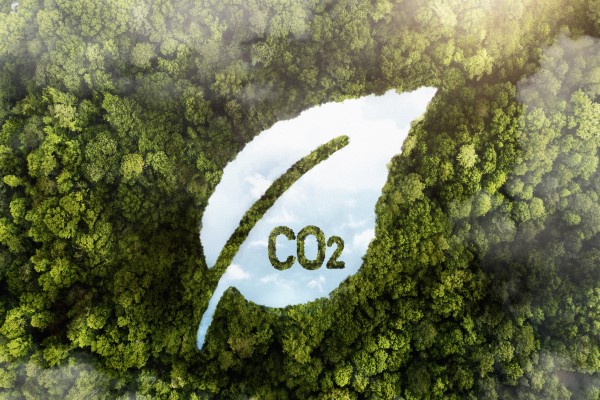Carbon Border Adjustment Mechanism
RCEE-NIRAS consulting team will undertake research on international best practices in GHG labeling including legal frameworks, reporting protocols and other tools/methods for carbon accounting and carbon footprint calculation, types of assistance provided to businesses for implementation, guidance and processes for third party verification, data sources and/or benchmarks that can facilitate reporting, and management agencies for supervising and certifying GHG reports and carbon labels.
The EU has an ambitious target to become a climate-neutral continent by 2050 and has a plan in place to achieve this ambitious target. However, EU companies could move carbon-intensive production abroad to take advantage of lax standards (called ‘carbon leakage’). CBAM is expected to prevent the risk of carbon leakage via equalizing the price of carbon between domestic products and imports. CBAM will result into carbon price on imports based on the emission intensity of production processes.
As a first step, sectors - Electricity, iron and steel, fertilizers, aluminum and cement will be included in CBAM. However, its scope could be extended. EU importers will buy carbon certificates corresponding to the carbon price that would have been paid, had the goods been produced under the EU's carbon pricing rules. The CBAM shall cover Scope 1 and 2 GHG emissions related to the production processes of goods over which the producer has direct control. Also, considering scope 3 (downstream emissions).
A single CBAM authority at the EU level is introduced i.e. The European Parliament (EP’s) Committee on the Environment, Public Health and Food Safety (ENVI). Explicit carbon pricing policies (e.g., carbon taxes or ETS) could make a third-country imports exempt from the CBAM.
Transitional phase would be 1 January 2023 to 31 December 2024. At the end of the transition phase, 2025, the European Commission will assess how CBAM is performing, and possibly expand its reach to more products and services, including the value chains and may include “indirect emissions”, such as carbon emissions from using electricity to produce goods.
This could affect the export competitiveness of several countries in the Asia-Pacific region. Vietnam was the 11th largest partner for EU imports of goods (1.8 %).
Through a funded project, RCEE-NIRAS supports the Vietnamese government agencies assess reporting and certification needs of individual sectors and evaluate options for developing the institutional set-up, reporting and certification guidance, data systems, and verification bodies that enable companies respond to emerging GHG reporting and labeling requirements. RCEE-NIRAS consulting team will undertake research on international best practices in GHG labeling including legal frameworks, reporting protocols and other tools/methods for carbon accounting and carbon footprint calculation, types of assistance provided to businesses for implementation, guidance and processes for third party verification, data sources and/or benchmarks that can facilitate reporting, and management agencies for supervising and certifying GHG reports and carbon labels.

 English
English  Tiếng Việt
Tiếng Việt 